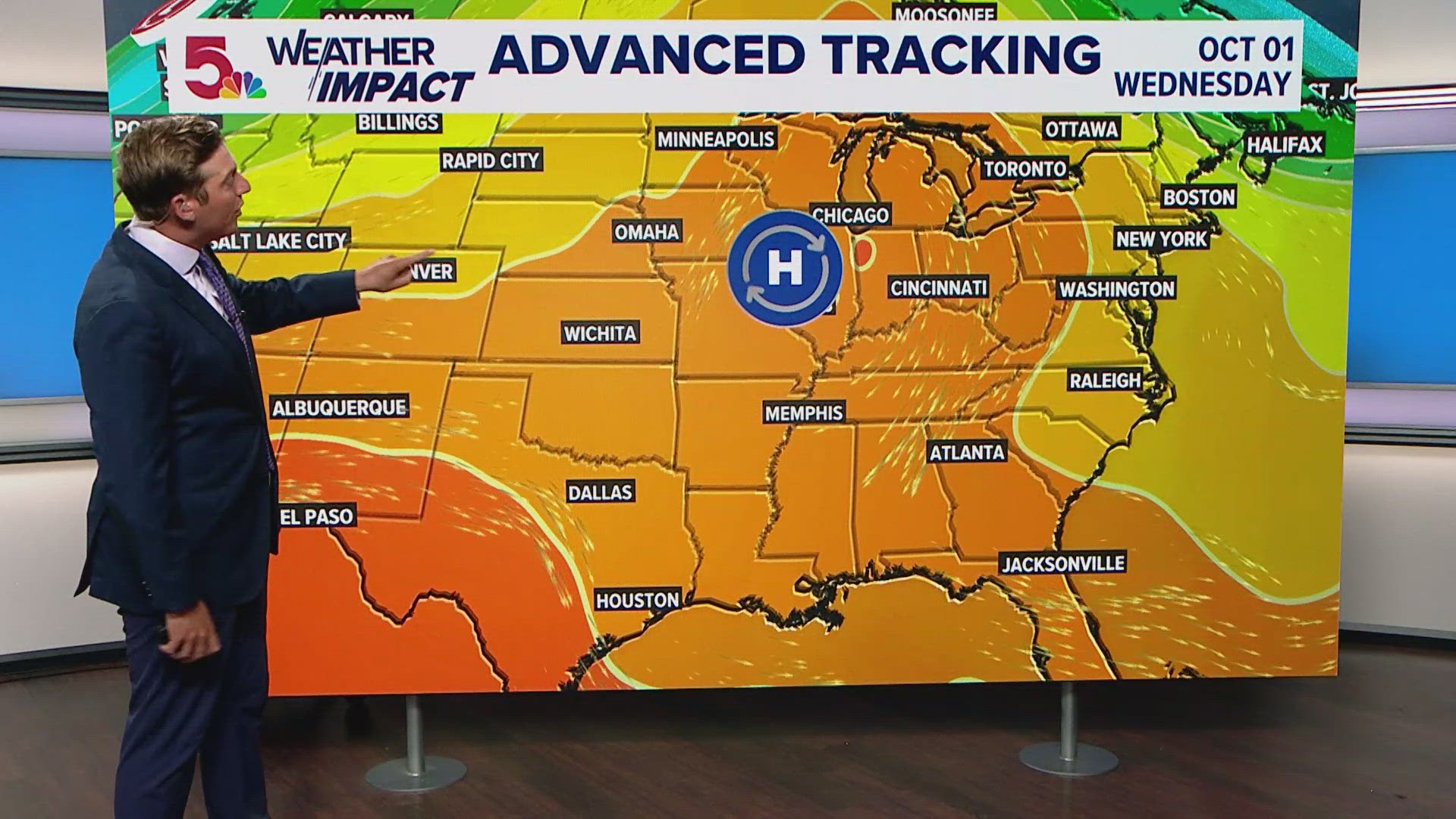Report on Community-Led Conservation and its Contribution to Sustainable Development Goals
Executive Summary
- A decade-long study in the Brazilian Amazon reveals that community-led environmental patrols significantly reduce illegal activities, including unregulated fishing, hunting, and logging, by up to 80%.
- The success of the Voluntary Environmental Agents (VEA) Program demonstrates a powerful, decentralized model for conservation that directly supports the achievement of multiple Sustainable Development Goals (SDGs).
- The findings indicate that empowering local communities with training, resources, and institutional support creates a cost-effective and socially legitimate approach to environmental protection, particularly in remote regions with limited state presence.
- This model offers a scalable blueprint for rights-based, inclusive conservation that advances environmental stewardship, strengthens local governance, and secures sustainable livelihoods.
Analysis of the Voluntary Environmental Agents (VEA) Program
Program Overview and Key Findings
The research, published in Conservation Biology, analyzed the VEA Program within the Mamirauá and Amanã sustainable development reserves in Brazil from 2003 to 2013.
- Over the ten-year period, more than 200 trained local residents conducted nearly 20,000 patrols, amounting to approximately 150,000 hours of monitoring activity.
- The program resulted in a sharp decline in environmental violations across 12 community-managed territories, a trend not observed in adjacent areas where only government-led operations were conducted.
- The primary success was the deterrence of illegal activities and the increased local adherence to conservation rules, showcasing a more effective outcome than resource-intensive, top-down enforcement.
Methodology and Success Factors
The VEA Program’s effectiveness is rooted in a multi-faceted approach that integrates local capacity with formal support structures.
- Operational Strategy: VEAs respond to community alerts and conduct patrols to address infractions such as poaching of protected species like the pirarucu fish and the use of banned fishing gear.
- Community Ownership: The program fosters long-term compliance by involving residents in the shaping and legitimization of conservation rules, aligning them with local values and traditional knowledge.
- Institutional Support: While agents are largely unpaid, the program’s success depends on logistical support for fuel, training, and coordination provided by NGOs like the Mamirauá Institute and legal recognition from the Brazilian government.
Alignment with the 2030 Agenda for Sustainable Development
Advancing Environmental Goals (SDG 14 & SDG 15)
The VEA program provides a direct mechanism for achieving key environmental targets.
- SDG 14: Life Below Water: By actively combating unregulated fishing and the use of prohibited gear, community patrols directly contribute to the conservation and sustainable use of freshwater ecosystems and protect vulnerable species.
- SDG 15: Life on Land: The reduction of illegal logging and hunting helps protect forest ecosystems, halt biodiversity loss, and promote the sustainable management of terrestrial resources, which are foundational to this goal.
Strengthening Governance and Institutions (SDG 16 & SDG 17)
The model is a prime example of building effective and inclusive local institutions.
- SDG 16: Peace, Justice and Strong Institutions: The program establishes a form of decentralized community-based justice, strengthening the rule of law at the local level. It creates effective, accountable, and inclusive institutions by empowering citizens to become active guardians of their environment.
- SDG 17: Partnerships for the Goals: The initiative’s success is built on a multi-stakeholder partnership between local communities, non-governmental organizations, and government bodies, demonstrating the collaborative approach essential for sustainable development.
Fostering Sustainable and Inclusive Communities (SDG 1, SDG 8, & SDG 11)
The program’s impact extends to the social and economic well-being of the communities involved.
- SDG 1 (No Poverty) & SDG 8 (Decent Work and Economic Growth): By protecting the natural resource base, such as fish stocks, the program helps secure long-term, sustainable livelihoods that are vital for poverty reduction and local economic stability.
- SDG 11: Sustainable Cities and Communities: The initiative empowers local residents to safeguard their natural and cultural heritage, making their communities more resilient and sustainable.
Policy Implications and Recommendations
A Scalable Model for Global Conservation
- The study’s implications extend beyond the Amazon, offering a practical path forward for conservation in tropical countries facing reduced funding and political support for environmental enforcement.
- This community-driven strategy presents a cost-effective and scalable alternative to purely state-run enforcement, enhancing both conservation outcomes and social legitimacy.
Recommendations for Enduring Success
To replicate and sustain the success of such programs, policymakers should consider the following actions:
- Formally recognize community-based patrolling as a vital and legitimate component of national conservation strategies, not merely an informal stopgap.
- Ensure sustained government support through adequate funding, clear legal mandates, and a supportive policy framework that empowers local agents.
- Promote and strengthen institutional partnerships between communities, NGOs, and government agencies to provide necessary resources, training, and coordination.
- Invest in community-level capacity building, including environmental education and leadership development, to ensure the long-term viability of conservation efforts.
1. SDGs Addressed or Connected to the Issues Highlighted in the Article
- SDG 14: Life Below Water: The article focuses on the protection of freshwater ecosystems in the Brazilian Amazon, specifically mentioning the reduction of “unregulated fishing” and the protection of species like the pirarucu fish.
- SDG 15: Life on Land: The core of the article is about conserving terrestrial biodiversity. It details community efforts to reduce “illegal… hunting and logging” and protect vast protected areas and forests in the Amazon.
- SDG 16: Peace, Justice and Strong Institutions: The article describes the “Voluntary Environmental Agents (VEA) Program” as a form of decentralized, community-driven governance. It emphasizes strengthening “social legitimacy,” creating effective local institutions for rule enforcement, and ensuring “participatory” decision-making.
- SDG 17: Partnerships for the Goals: The success of the program is attributed to a multi-stakeholder partnership. The article states that effectiveness “depends on sustained government support, legal recognition and strong institutional partnerships,” highlighting the collaboration between local communities, NGOs (the Mamirauá Institute), and the Brazilian government.
2. Specific Targets Identified Based on the Article’s Content
SDG 14: Life Below Water
- Target 14.4: By 2020, effectively regulate harvesting and end overfishing, illegal, unreported and unregulated (IUU) fishing and destructive fishing practices. The article directly addresses this by describing the program’s success in reducing “unregulated fishing” and combating the “use of banned fishing gear.”
SDG 15: Life on Land
- Target 15.5: Take urgent and significant action to reduce the degradation of natural habitats, halt the loss of biodiversity and… protect and prevent the extinction of threatened species. The article highlights that community patrols are powerful guardians of “biodiversity” and protect species like the pirarucu, the “world’s largest scaled freshwater fish.”
- Target 15.7: Take urgent action to end poaching and trafficking of protected species… and address both demand and supply of illegal wildlife products. The program’s focus on reducing “illegal… hunting” and “poaching of pirarucu” directly aligns with this target.
SDG 16: Peace, Justice and Strong Institutions
- Target 16.6: Develop effective, accountable and transparent institutions at all levels. The VEA program is presented as an effective, community-based institution for environmental enforcement, which is more successful than formal government operations in the area.
- Target 16.7: Ensure responsive, inclusive, participatory and representative decision-making at all levels. The article emphasizes that “Local residents are not merely enforcing externally imposed rules, they are actively participating in shaping and legitimizing them,” which is the essence of participatory governance.
SDG 17: Partnerships for the Goals
- Target 17.17: Encourage and promote effective public, public-private and civil society partnerships. The article describes the VEA program as a successful partnership model, noting it is “legally recognized by the Brazilian government and supported by local NGOs, including the Mamirauá Institute.”
3. Indicators Mentioned or Implied in the Article
- Reduction in Illegal Activities: The article explicitly states that “community-led patrols reduced illegal activities such as unregulated fishing, hunting and logging by up to 80%.” This serves as a direct outcome indicator for measuring progress against targets 14.4 and 15.7.
- Patrolling Effort: The article quantifies the program’s output by mentioning that “more than 200 trained residents carried out nearly 20,000 patrols, totaling around 150,000 hours of activity” over a decade. This is an indicator of the level of community engagement and implementation (Target 16.7).
- Trend in Environmental Violations: An implied indicator is the “overall downward trend” in environmental violations over time. The article notes that “environmental violations fell sharply over time in nearly all territories,” which demonstrates the sustained deterrence effect of the program.
- Community Participation and Training: The number of trained residents (“more than 200”) is an indicator of capacity building and local participation, relevant to Target 16.7.
- Institutional Support and Recognition: The fact that the initiative is “legally recognized by the Brazilian government and supported by local NGOs” is a qualitative indicator of the strong partnerships and institutional framework in place, supporting Target 17.17.
4. Table of SDGs, Targets, and Indicators
| SDGs | Targets | Indicators Identified in the Article |
|---|---|---|
| SDG 14: Life Below Water | Target 14.4: End illegal, unreported, and unregulated (IUU) fishing. | Reduction of unregulated fishing by up to 80%; Reduction in the use of banned fishing gear. |
| SDG 15: Life on Land | Target 15.7: Take urgent action to end poaching and trafficking of protected species. | Reduction of illegal hunting and logging by up to 80%; Sharp downward trend in environmental violations over time. |
| SDG 16: Peace, Justice and Strong Institutions | Target 16.7: Ensure responsive, inclusive, participatory and representative decision-making. | Number of trained community patrollers (over 200); Total patrol hours (150,000); Number of patrols (nearly 20,000); Community participation in shaping and legitimizing rules. |
| SDG 17: Partnerships for the Goals | Target 17.17: Encourage and promote effective public, public-private and civil society partnerships. | Existence of a partnership between local communities, NGOs (Mamirauá Institute), and the government (legal recognition). |
Source: news.mongabay.com







